
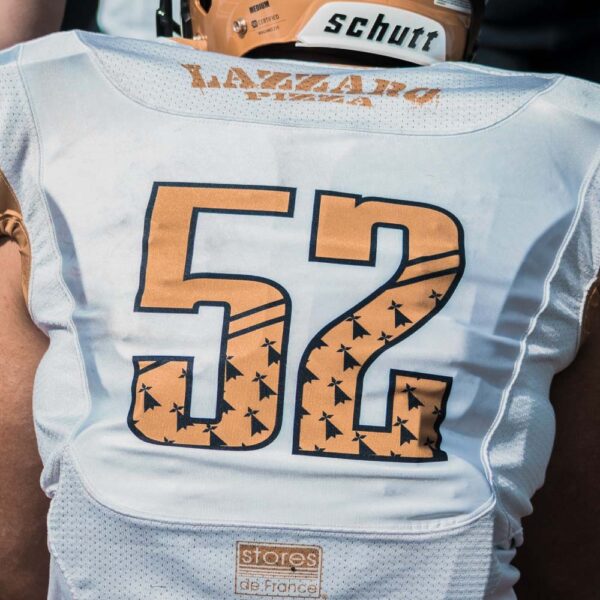










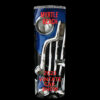

Easily transfer multi-colored, pattern, and photo-realistic designs with custom sublimation transfers. Our sublimation prints ready to press make it simple to create stunning, long-lasting designs. Sublimation utilizes special dyes that permanently bond with your white polyester fabric, ensuring that your sublimation transfers are breathable, durable, and resistant to fading.
$1.89 – $2.81
Perfect for creating HTV transfers on various fabric types, including cotton, polyester, and leather.
Apply as low as 305°F, helping minimize scorching while ensuring that your vinyl transfers retain their vibrant colors.
46 available stock HTV colors work on both dark and light fabrics, ensuring high-quality, vivid designs for all your custom vinyl heat transfers.
Great for sports teams, vinyl transfers adhere perfectly to mesh fabrics, making it ideal for jerseys.
Peel Hot or Cold with medium pressure, ensuring your HTV transfers are hassle-free and give professional results.
Sublimated T-shirt printing, Mugs, Cups, Bags & more
We can also match your custom colors
We offer 2 sheet sizes
Sublimation dye penetrates and colors your white fabrics
Order as little as 10 Sublimation Transfer Gang Sheets
Ships in as little as 2 business days
Ideal for personalized, high-quality results
Colors
* White under-based recommended for this color.
8 C
GRAY 11 C
4975 C
7428 C
209 C
221 C
200C
8 C
1785 C
207 C
167 C
1655 C
137 C
136 C
101
871 C
7502 C
7506 C
7506 C
7589 C
375 C
360 C
348 C
627C
3155 C
544 C
2952 C
291 C
287 C
296 C
274 C
264 C
233 C
233 C
237 C
170 C
699C
TESTIMONIALS
Apex has fantastic images and has a quick turn around time. They are friendly and super helpful on the phone. I highly recommend!
Customer
This company is amazing! Excellent customer service, informative, patient, and reliable! Their products are also incredible – my favorite is the ultra ink!
Customer
I ordered a few gang sheets on a Wednesday and Received them on Thursday. Super fast turn around time and quick shipping.
Customer
Awesome customer service and very friendly knowledgeable staff! We had a slight issue with our press and they did everything possible to solve our problem.
Customer
TESTIMONIALS
| Unit pricing | $5.43 /unit | $5.43 /unit | $5.43 /unit | $5.43 /unit | $5.43 /unit | $5.43 /unit | $5.43 /unit | $5.43 /unit | $5.43 /unit | $5.43 /unit | $5.43 /unit |
|---|---|---|---|---|---|---|---|---|---|---|---|
| Bulk order discounts | $5.43 /unit | $5.43 /unit | $5.43 /unit | $5.43 /unit | $5.43 /unit | $5.43 /unit | $5.43 /unit | $5.43 /unit | $5.43 /unit | $5.43 /unit | $5.43 /unit |
| Estimated delivery | $5.43 /unit | $5.43 /unit | $5.43 /unit | $5.43 /unit | $5.43 /unit | $5.43 /unit | $5.43 /unit | $5.43 /unit | $5.43 /unit | $5.43 /unit | $5.43 /unit |
Discover high-quality sublimation transfers ready to press at competitive prices (priced not including $20 set up)! Whether you’re creating custom apparel, promotional items, or home decor, our vibrant sublimation transfers are designed to deliver stunning results with ease.
For the best results, using high-quality sublimation sheets ensures vivid and accurate color reproduction in your sublimation designs. The heat sublimation process allows for seamless integration of colors into the fabric, making the design long-lasting and vibrant. Additionally, sublimation decals are ideal for customizing hard surfaces like mugs, phone cases, and other accessories.
Get started today and bring your creative visions to life!
| 10-23 | 24-35 | 36-49 | 50-99 | 100-299 | 300-499 | 500-999 |
|---|---|---|---|---|---|---|
| $2.81 | $2.55 | $2.34 | $2.16 | $2.01 | $1.87 | $1.75 |
| 10-23 | 24-35 | 36-49 | 50-99 | 100-299 | 300-499 | 500-999 |
|---|---|---|---|---|---|---|
| $1.89 | $1.72 | $1.64 | $1.51 | $1.40 | $1.36 | $1.27 |
Application Instructions
45-60 Seconds
Medium
Warm

We accept a variety of file formats, including Illustrator, Photoshop, Corel Draw, PDF, EPS, and SVG files. Learn More
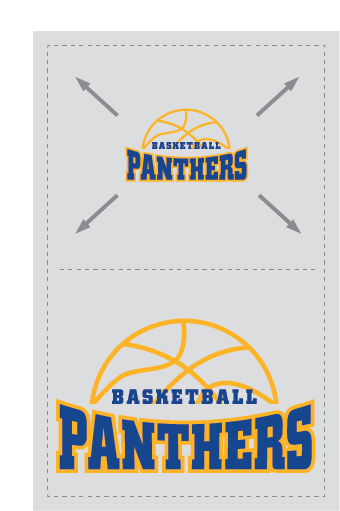
Set your artboard dimensions and position your artwork within the printable area at your intended size. Learn More

Ensure all fonts are converted to outlines. Editable type may not display correctly, depending on the computer’s font library. Learn More

To ensure clear printing of fine details, all smallest areas must meet the requirements provided below. Learn More
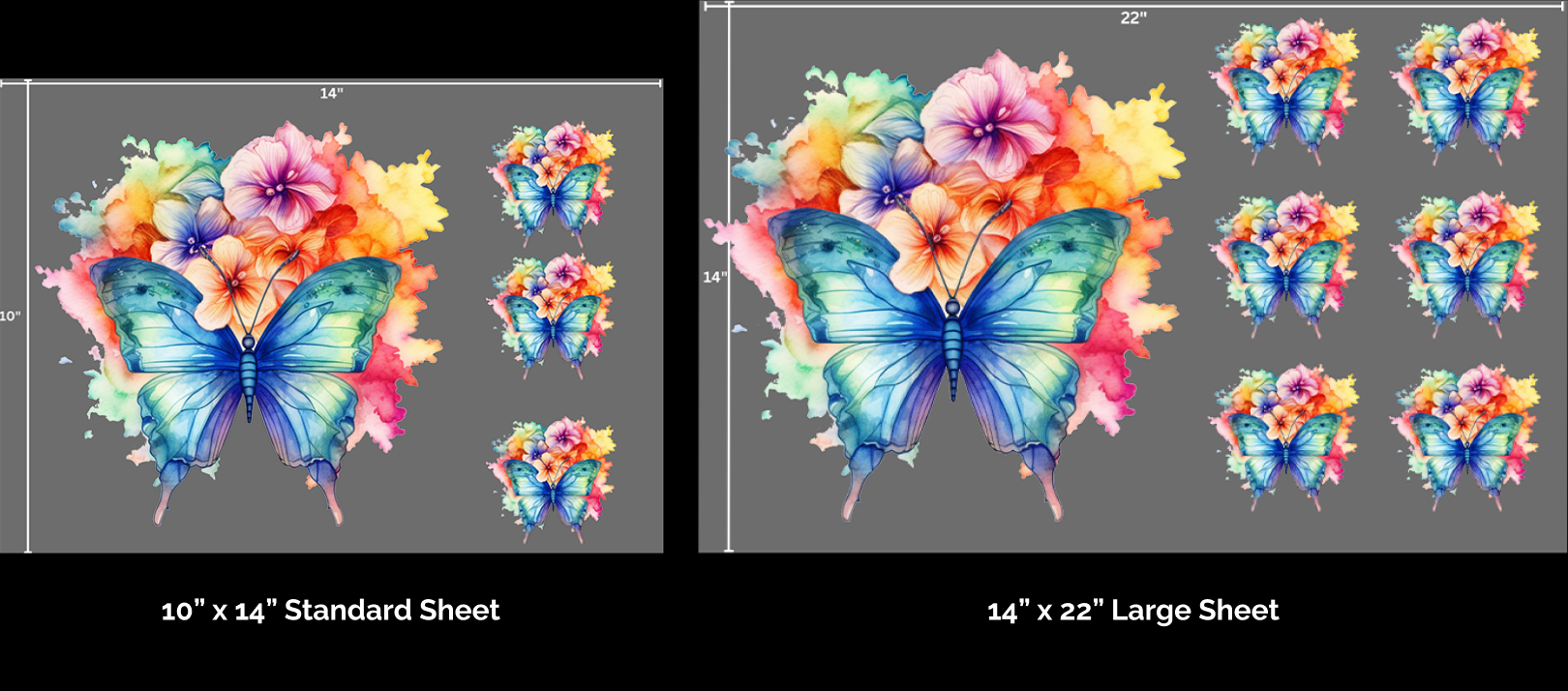


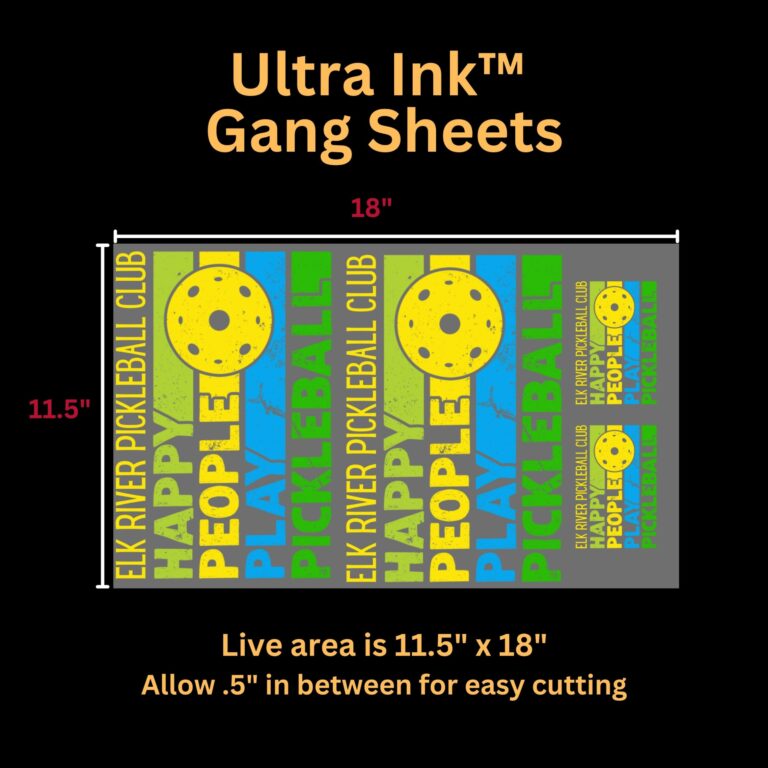
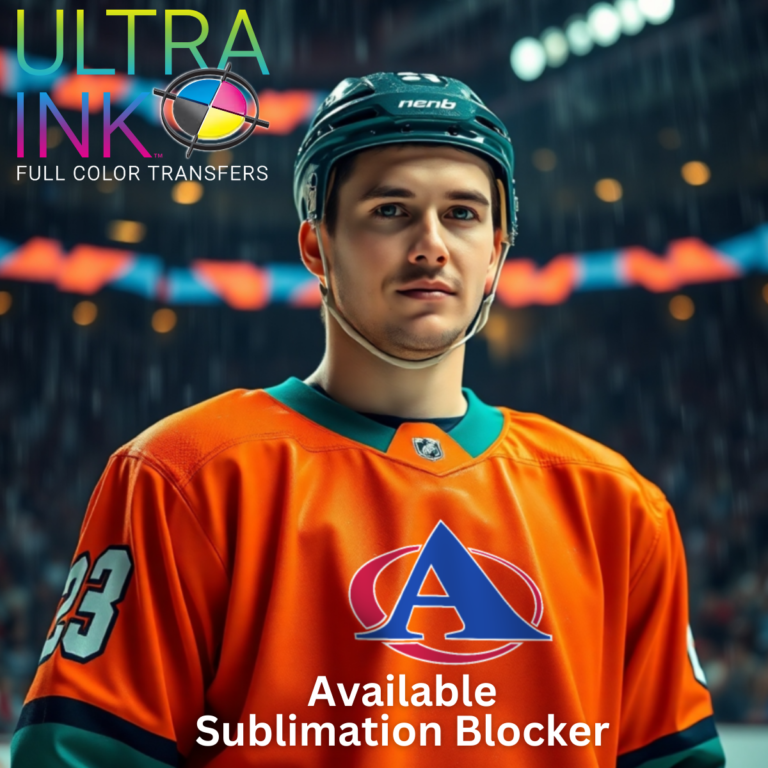



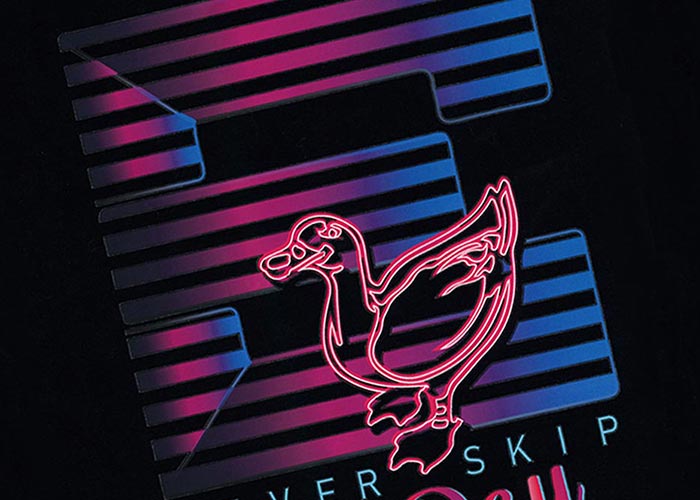


$28.71 – $40.19
Start From
Eco-Friendly
Same-Day Shipping

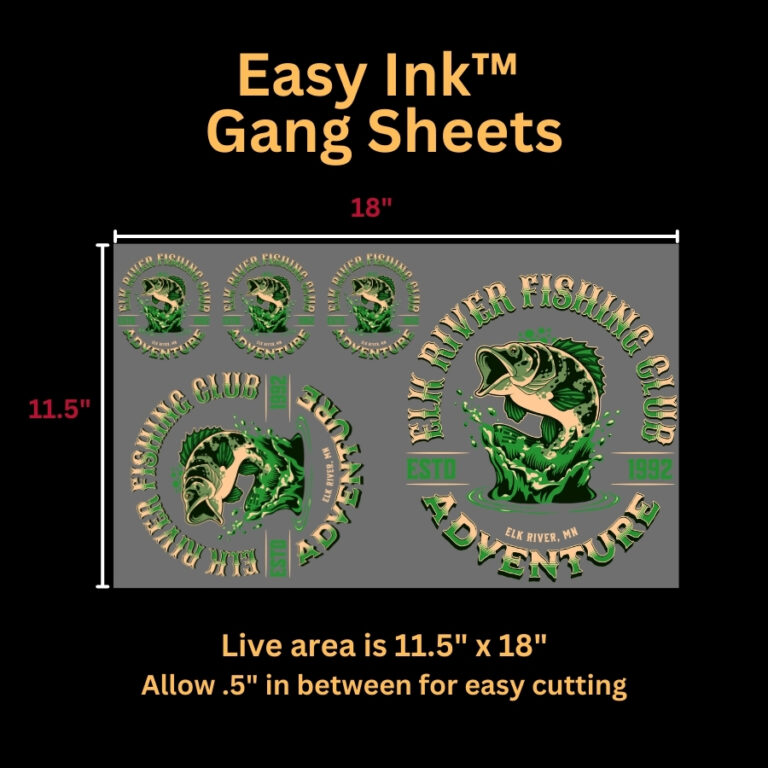



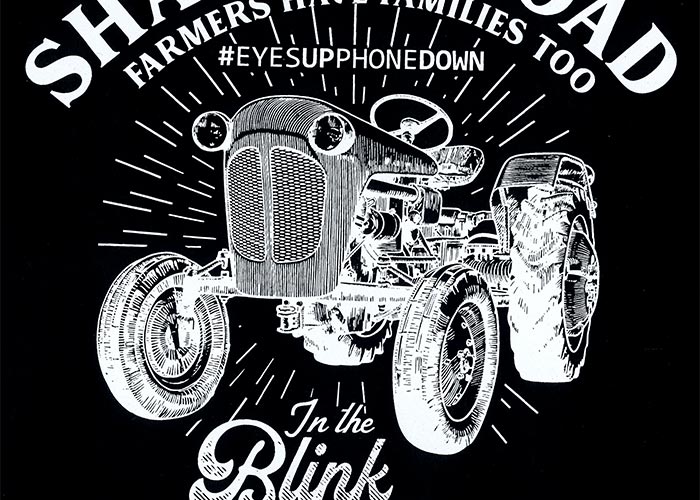


$11.99 – $51.60
Start From
Eco-Friendly
Same-Day Shipping
VIDEO TUTORIAL
VIDEO TUTORIAL
VIDEO TUTORIAL
VIDEO TUTORIAL
VIDEO TUTORIAL